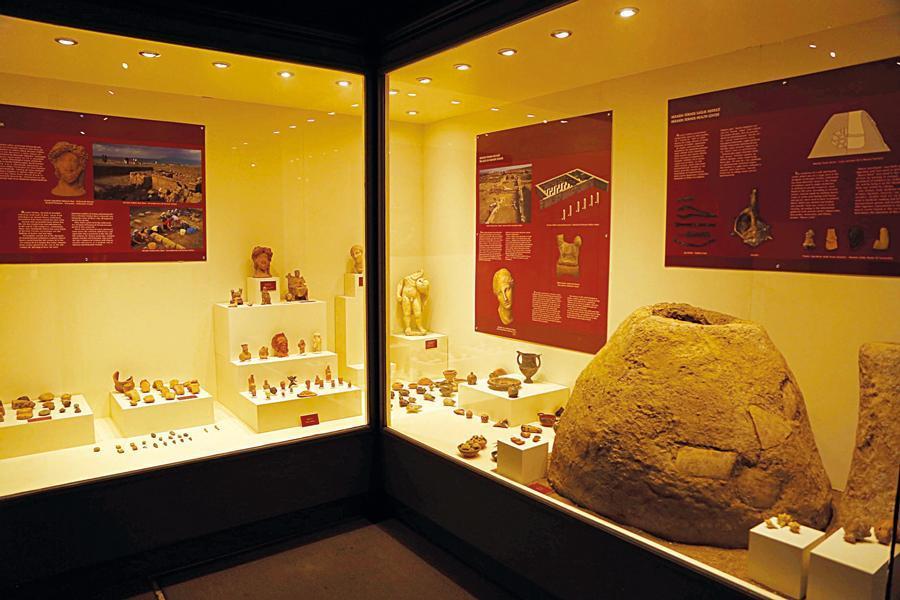
Artifacts unearthed during excavations in ancient cities in the northwestern province of Tekirdağ and exhibited in the Tekirdağ Museum shed light on the Thracian civilization.
The Thracian people, who lived in Thrace, Bulgaria and northern Greece in the ancient ages, were known as the world’s most populous tribe after Hindus, according to Greek historian and ancient writer Heredot.
They were a group of Indo-European tribes inhabiting a large area in southeastern Europe. They spoke the Thracian language - a scarcely attested branch of the Indo-European language family.
Famous historic figure Spartacus was a Thracian enslaved by Rome who led a large slave uprising in southern Italy in 73–71 B.C. and defeated several Roman legions in what is known as the Third Servile War.
During the excavations in the ancient cities of Heraion-Teichos (City of Hera) in Süleymanpaşa, Çavuşköy in Malkara and Perinthos in Marmaraereğlisi, many works belonging to the Thracians have been so far discovered. Including the tomb of Kersopleptes, one of the Thracian kings, and artifacts such as jewelry, coins, weapons and reliefs, which have been unearthed in Tekirdağ, take visitors of the Tekirdağ Archeology and Ethnography Museum on a journey to history.
Metal containers, ceramics, Turkish bath sets, handicrafts, towels, silver jewelry, firearm and cutting guns used in the Ottoman and Republican periods are among the works exhibited in the museum.
Speaking to the state-run Anadolu Agency, the museum’s art history expert Levşa Erdem said that the works exhibited in the museum testify to the past.
“At the entrance of our museum, we have a stone artifacts room and a garden display. Here, there are reliefs, sarcophagi and tombstones from the ancient cities such as Perinthos, Kermeyan, Heraion-Teikhos and Bisanthe,” Erdem said.
Stating that there is a tomb belonging to one of the Thracian kings, Kersopleptes, Erdem said that it was understood from the skeleton and findings that he was buried with the crown of the king.
“In another part of the stone artifacts hall, there is a tumulus unearthed in Naip neighborhood of Süleymanpaşa. This tumulus contains silver vessels, candlesticks and shields mostly from the Macedonian era. What makes the tumulus different is that there are works from the Egyptian period. The different object found here is the shield. There are mongoose figures on the shield,” she said.
Pointing out that Tekirdağ is located on the transit route, Erdem said, “This region has been used by the Thracians. They lived in many different places. In this sense, it is possible to find their traces almost everywhere. We can see in Perinthos Ancient City. Tekirdağ is one of the places where the Thracians stay the most.”